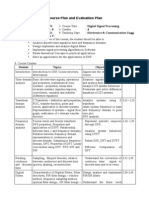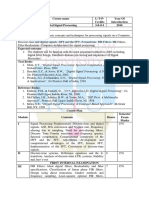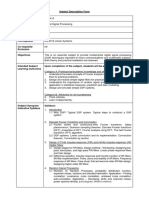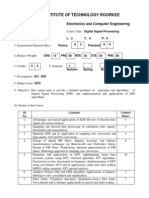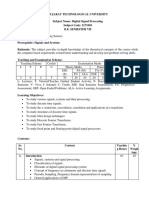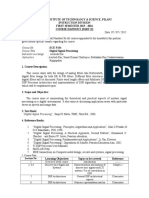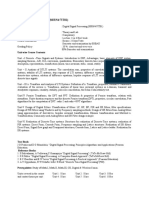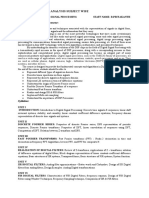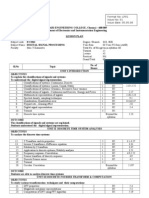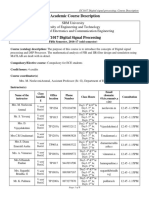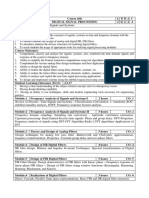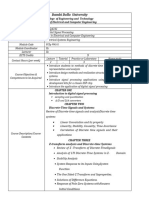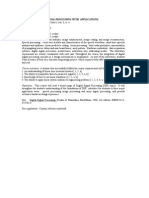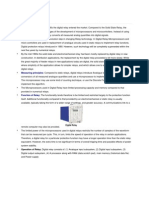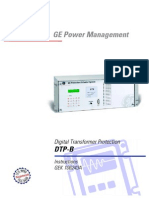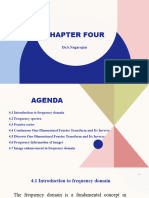0% found this document useful (0 votes)
28 views3 pagesIce517 Course Compact
Uploaded by
Chibuzor EgboCopyright
© © All Rights Reserved
We take content rights seriously. If you suspect this is your content, claim it here.
Available Formats
Download as DOCX, PDF, TXT or read online on Scribd
0% found this document useful (0 votes)
28 views3 pagesIce517 Course Compact
Uploaded by
Chibuzor EgboCopyright
© © All Rights Reserved
We take content rights seriously. If you suspect this is your content, claim it here.
Available Formats
Download as DOCX, PDF, TXT or read online on Scribd
/ 3

